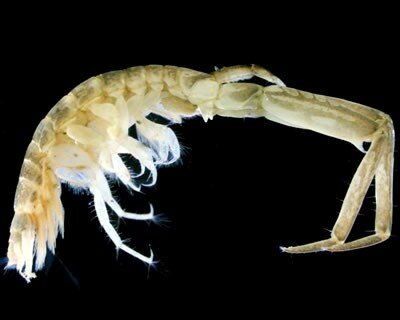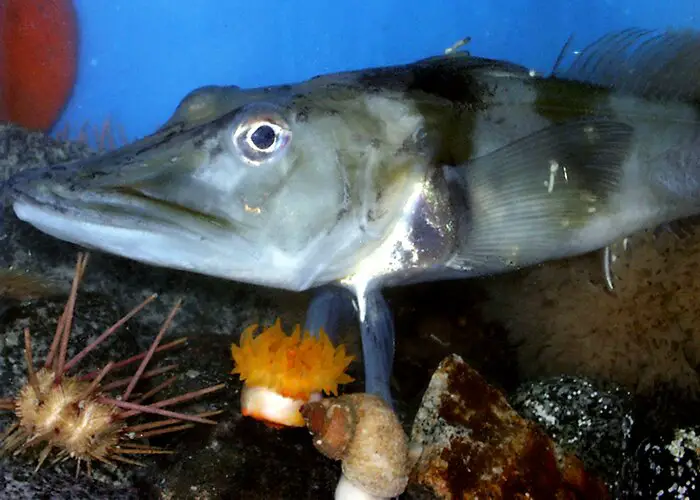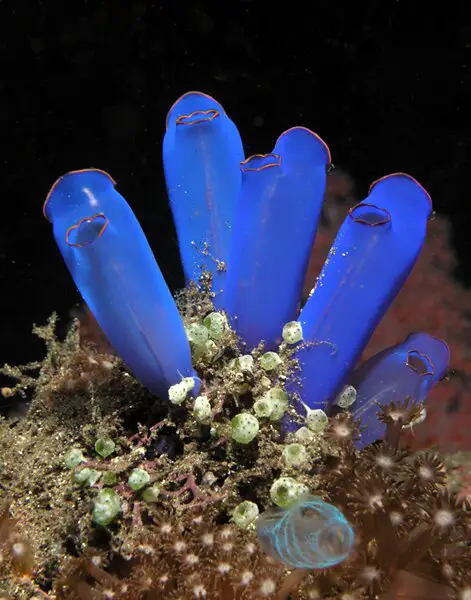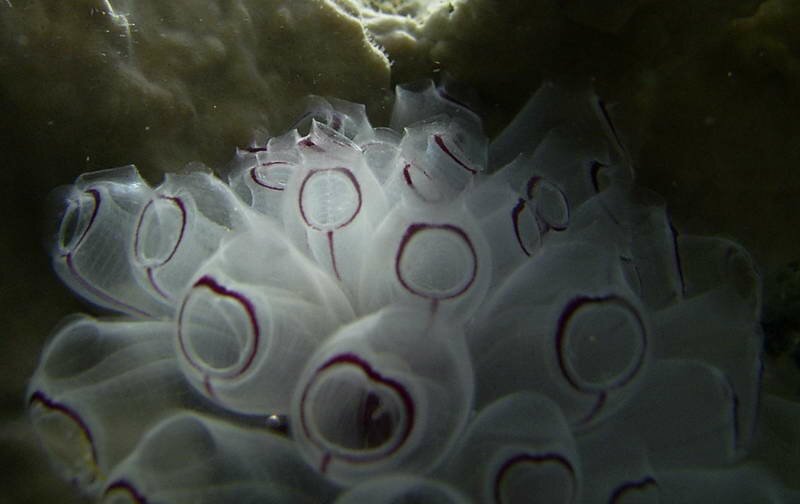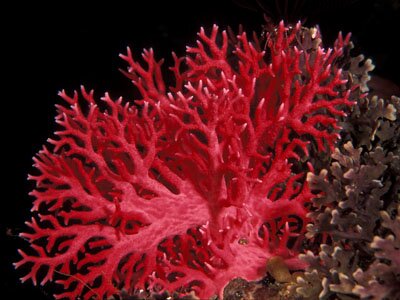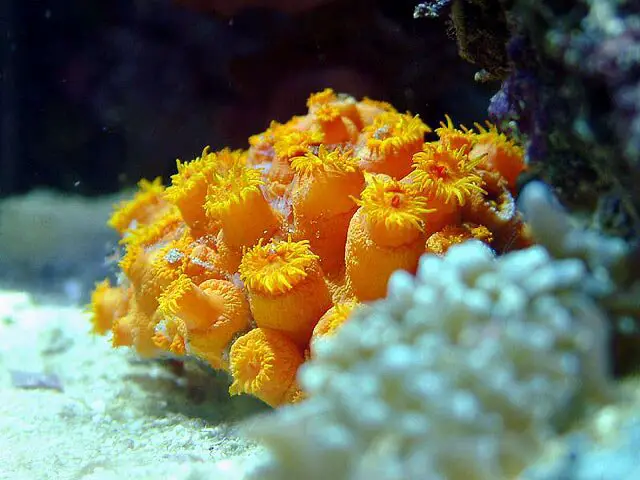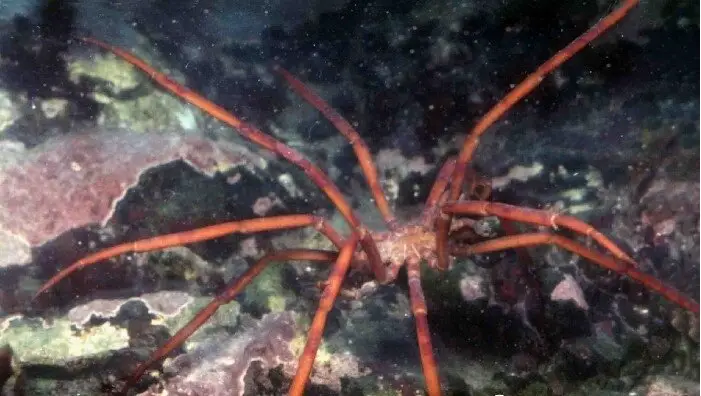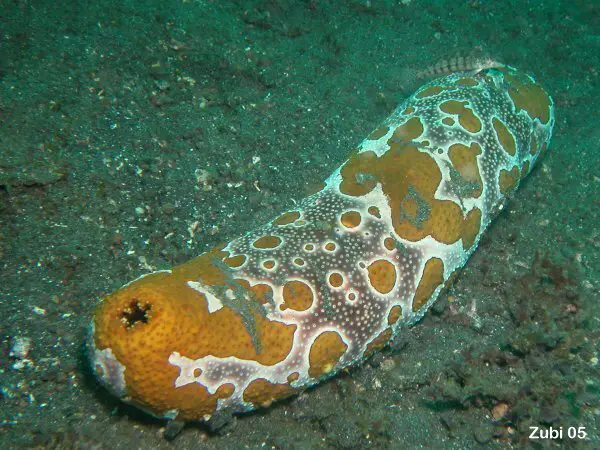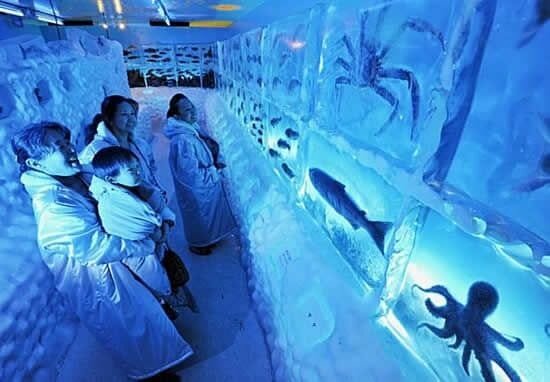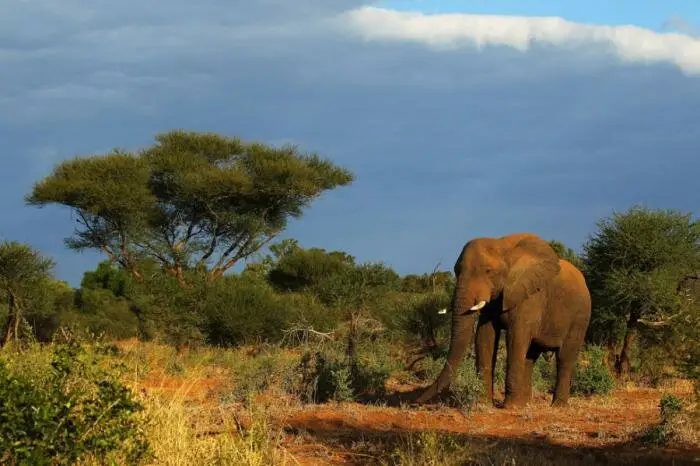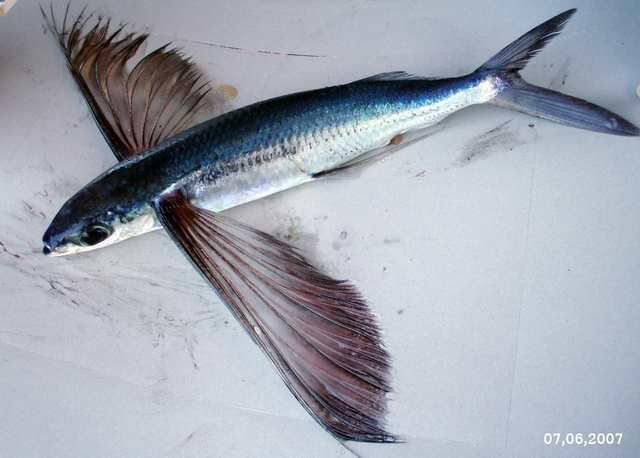Perhaps the only place left on Earth that has remained unexplored and virtually untouched by man is the ocean bottom. But with the development of techniques and technologies that may be the only mystery of nature slowly begins to unfold.
Amphipoda
Fifty-two marine explorers accomplished the first comprehensive biological survey of the seabed during a 10-week expedition aboard the Polarstern, a German research vessel. Among the findings was a new species of epimeria, an amphipod crustacean, which was sampled near Elephant Island, Antarctic Peninsula.
Antarctic Amphipod Crustacean
Scientists collected hundreds of specimens, and identified 15 possible new species of shrimp-like amphipods, and four possible new species of organisms related to coral, jellyfish and sea anemones, which will be analyzed to determine whether they in fact are newly discovered species. Here you see a new giant Antarctic amphipod crustacean, belonging to the genus Eusirus, sampled by baited traps off the Antarctic Peninsula during the Polarstern expedition.
Antarctic Ice Fish
The 52 explorers on the powerful icebreaking research ship were logging finds from icy waters as far as 850 yards off Antarctica — an area rapidly changing in fundamental ways. Here you see the Antarctic ice fish. It has no red blood pigments and no red blood cells as an adaptation to the low temperature. As a result, the blood is more fluid, and the animal saves energy pumping blood through its body.
Ascidians
Ascidiacea is a class in the Urochordata subphylum of sac-like marine invertebrate filter feeders. Ascidians are characterized by a tough outer “tunic” made of the polysaccharide tunicin, as compared to other tunicates which are less rigid.
Corals
Corals are marine organisms in class Anthozoa of phylum Cnidaria typically living in compact colonies of many identical individual “polyps”. The group includes the important reef builders that inhabit tropical oceans, which secrete calcium carbonate to form a hard skeleton.
Pycnogonid
Sea spiders, also called Pantopoda or pycnogonids, are marine arthropods of class Pycnogonida. They are cosmopolitan, found especially in the Mediterranean and Caribbean Seas and the Arctic and Antarctic Oceans. There are over 1300 known species, ranging in size from 1 to 10 millimeters to over 90 centimeters in some deep water species. Most are toward the smaller end of this range in relatively shallow depths, however, they can grow to be quite large in Antarctic waters.
Sea Cucumbers
Sea cucumbers are echinoderms from the class Holothuroidea. They are marine animals with a leathery skin and an elongated body containing a single, branched gonad. Sea cucumbers are found on the sea floor worldwide. There are a number of holothurian species and genera, many of which are targeted for human consumption. The harvested product is variously referred to as trepang, beche-de-mer or balate.


